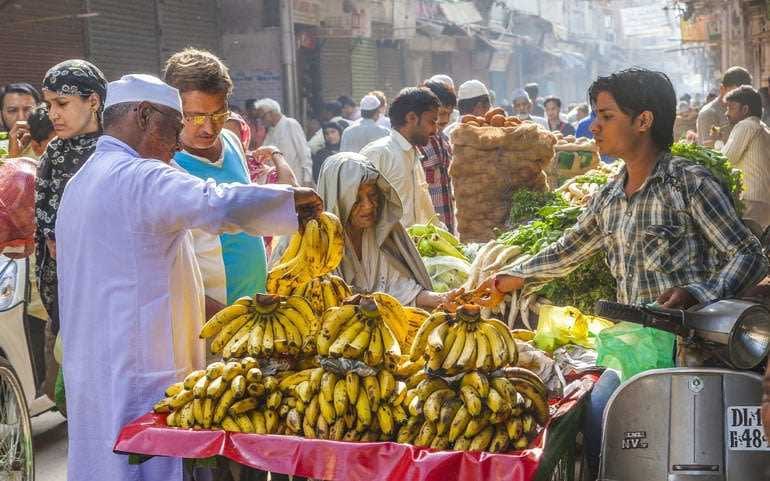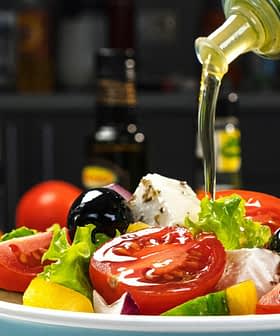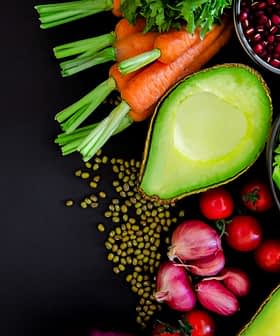
Olive oil is well known for its health properties and extensively used for cooking in the Mediterranean countries. In India, it is mainly used in massage, facials and other beauty treatments.
The use of olive oil as a cooking medium is not widely prevalent and restricted to the minuscule minority of the affluent classes who can afford the exorbitant price of the imported commodity. India ranks fourth in the consumption of vegetable oil in the world and is a leading importer of this product. Edible oil imports to the country are around 5.4 million tonnes making India third in total imports of edible oil in the global economy.
India’s Health Issues
The popularity of olive oil is growing, though again confined to the affluent middle class and it has gone up from 2300 tonnes in 2007 to 4500 tonnes in 2008. By 2012, there is a projected increase to 42,000 tonnes, which would be fueled mainly by the widespread concern about cardiovascular disease (CVD) and other health problems. CVD is now the leading cause of death in India and the risk factors are also on the rise. India is now the diabetes capital of the world and CVD is also poised to be a serious health concern in the near future. The count of “hypertensive” individuals is expected to rise from 118 million in 2000 to 214 million in 2025. CVD strikes early and kills people in their productive mid-life years. The World Health Organization estimates that India would lose US$ 237 billion due to heart disease, stroke and diabetes in the next 7 years.

The Importance of Olive Oil
These alarming projections make the consumption of olive oil all the more important and the key focus should be on availability and price. The high price of imported olive oil makes it inaccessible to the majority of the population and local cultivation is one way to bring the prices down to an affordable level.
Olive oil is rich in monounsaturated fats, antioxidants and vitamin E and is claimed to have a significant effect on cholesterol. Using olive oil as a cooking medium can lower blood pressure and prevent risk of heart attacks. There are numerous other benefits of olive oil making it a vital addition in a healthy diet and India’s CVD and diabetes issues can certainly be mitigated with this heart-healthy cooking medium.
Olive Oil Cultivation
Olive oil cultivation has now spread to many new places in the world including India. It is now prevalent in Australia, Croatia and Chile. Spain continues to be the leading producer with Italy second. With the advances in technology, mechanical harvesting and other devices have reduced labor and made it more cost-efficient.
In India, Rajasthan is the location for the first experiment in olive cultivation. The company Rajasthan Olive Cultivation Ltd (ROCL) is a 3‑way collaboration between the Rajasthan State Agriculture Board, Plastro Plasson of Pune and Indolive Ltd, all of which have equal shares. Plastro Plasson Industries (India) Ltd is a joint venture between Finolex Ltd of India and two Israeli companies and deals in micro-irrigation, while Indolive is an Israeli company which is partially funded by the Israeli government, which promotes techniques in agriculture.
Lior Weintraub, a spokesman for the Israel embassy has said, “A project such as this, where a new kind of tree is being introduced in a water-scarce environment, hinges on the irrigation system used. So the olive project is as much about drip irrigation as it is about transforming Rajasthan into a major olive grower. The main reason the project was considered for Rajasthan was the similarities in climate and cultivation problems in the state and Israel. However, there are major differences in soil and other factors which will have to be addressed.”
An agreement was signed between Israel and the Rajasthan state government in 2006 and the deal was finalized and a joint venture agreement was signed in 2007. A 30-hectare field in the small village of Basbisna some 160 km from the capital Jaipur, is the location for this experiment. The field tests had shown which variety could adapt itself best to the climate and soil of this region. A 3‑year agricultural plan will introduce many crops from the Middle East and the Mediterranean to India and it is hoped that the country would be an exporter of olive oil by the year 2011.
Saplings of high-yielding olives just an inch in size were brought from Israel, grown to a height of 1.5 meters in nurseries and then transplanted to the fields here. The plants will be irrigated with the latest in drip irrigation technology, where the roots are watered directly and nutrients added along with it. This method saves 40% more water than the older method and has been the reason behind the high yield of 2.8 tonnes of olive per hectare in Israel, which they hope to duplicate in Rajasthan.
Israel’s Involvement
 Apart from the plants and the joint venture agreement with the Rajasthan government, Israel has been involved in every step of the interesting experiment. The drip irrigation technology and other water recycling techniques have ushered in the “greening of the Negev desert region”, regarded as an agricultural miracle.
Apart from the plants and the joint venture agreement with the Rajasthan government, Israel has been involved in every step of the interesting experiment. The drip irrigation technology and other water recycling techniques have ushered in the “greening of the Negev desert region”, regarded as an agricultural miracle.
Indolive one of the stakeholders in ROCL is a company that has successfully cultivated olives in southern Israel. Two companies from Israel, which specialize in the latest drip irrigation technology, are also part of Plastro Plasson Industries (India) Ltd, which is another stakeholder in ROCL.
Out of an initial investment of Rs 60 million (about US$1.3 million) likely to be made on the project, the Israeli company is contributing Rs 15 million (about US$325,000), with the Agriculture Marketing Board putting in another 15 million and the remaining Rs 30 million (US$750,000) borrowed from Indian banks.
Gideon Peleg is the Israeli technical manager, who is overseeing the entire pilot project and Indolive has already pre-bought the harvest to be cultivated in the project.
The Future
The Rajasthan government is trying hard to get local farmers interested in olive cultivation. They are being informed about olive oil and its demand both in India and overseas. The low cost and positive feedback have excited the farmers in the region. The olive trees have been planted in rows which are 7 meters apart, to enable groundnut cultivation in the land between the rows. This would help the farmers to start earning even before the olive trees begin to bear fruit. Olive trees take 3 and a half years to bear fruit and then they keep producing them for more than 500 years. The farmers in Basbisna and 6 other places where the pilot project has been initiated are now waiting for the trees to bear fruit, to see and sell their first olives.
As mentioned, the olives have already been bought by an Israeli firm, which is also setting up an oil pressing plant and is planning to sell the olive oil overseas. All stakeholders are also expecting a rise in domestic demand for olive oil with growing health concerns. This projected growth is a source of great hope to the hard-working local farmers and the ROCL.
There are however several challenges to be faced in this fledgling attempt to grow olives in Indian soil. In the Israeli desert, temperatures reach a high of 40 degrees Celsius, whereas in Rajasthan it can go up to 49 degrees. The searing heat is aggravated by strong, sultry winds, which can singe the delicate olive trees and destroy them. In the 7 olive plantations, however, great pains have been taken to protect the trees from the strong winds. Special bamboo supports have been built for the trees together with sensors to monitor the health of each plant. The trees have also been planted on undulating land, which are encircled by tropical, evergreen forests, which would ensure additional protection from the heat and wind.
Everything is now in place for the project to succeed, according to Gideon Peleg, the Israeli technical manager.









